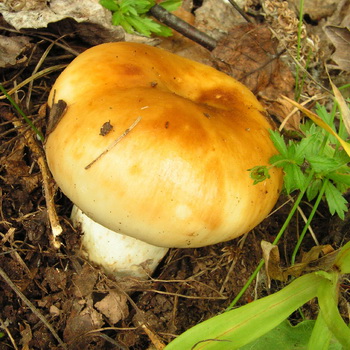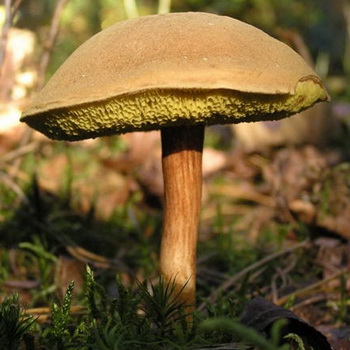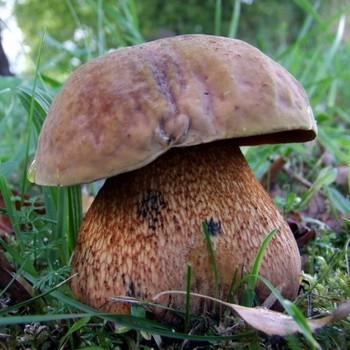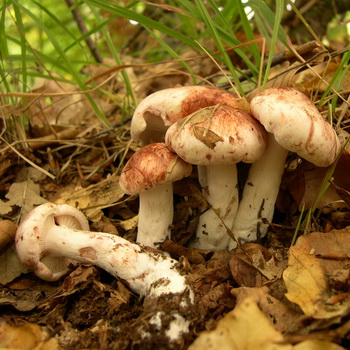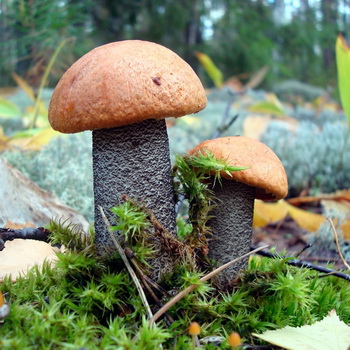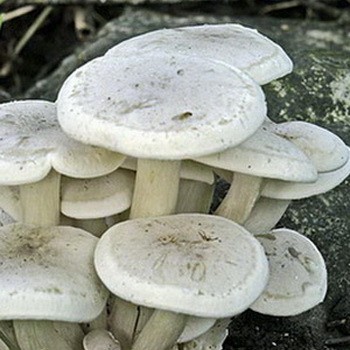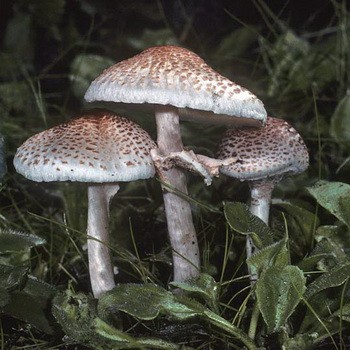Blackberry mushroom: photo and description
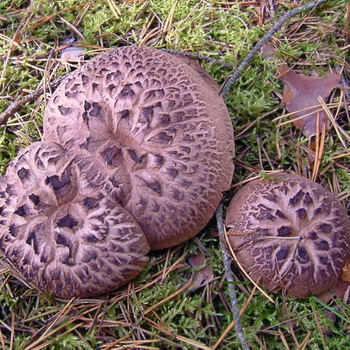
We bring to your attention a photo of a hedgehog mushroom of various varieties, as well as a description of these forest gifts and recommendations for their use.
Motley hedgehog (tiled)
Category: conditionally edible.
Sarcodon imbricatus hat (diameter 4-15 cm): brown or grayish, with dark circles arranged in even circles. In young mushrooms, the scales are soft and velvety, but over time they become quite stiff and larger. In adulthood, they can completely fall off, leaving the surface of the hat absolutely smooth. The shape gradually changes from convex to indented, and sometimes becomes funnel-shaped.
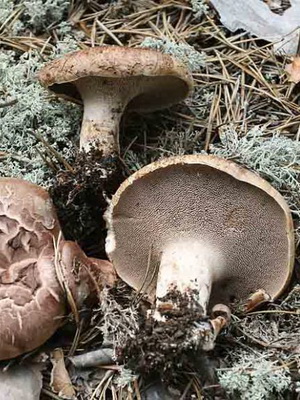
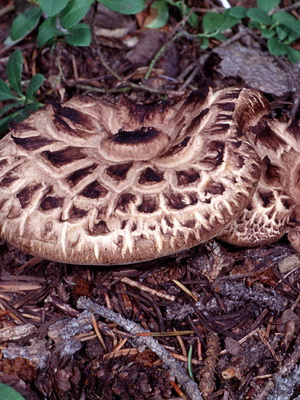
Pay attention to the photo of the blackberry hat - it is initially raised, then bent inward.
Thanks to the flaky growths on the hat, the mushroom in Latin got the name black-tiled blackberries.
Leg (height 2-6 cm): smooth or slightly fibrous, the same color with a hat, less often purple or lilac. Strong and thick, has a cylindrical shape and tapers from the bottom up. It happens both hollow and solid.
Pulp: dirty white or grayish, juicy in young mushrooms, with a pleasant spicy aroma, in old ones - dry and hard, with the smell of rot.
The motley blackberry was first described by Karl Linney in 1753.
Doubles: a rough blackberry (Sarcodon scabrosus), but it has a much smaller hat, and a very rare pineal cone mushroom (Strobilomyces floccopus), the hat of which is more mottled.
Other names: skull blackberry, squash blackberry, skull sarcodon, variegated sarcodon, kolchak, hawk.
When growing: from mid-August to mid-October in temperate countries of the Eurasian continent.
Where can I find: on sandy soils of coniferous or mixed forests, most often next to pine trees.
Eating: considered a low quality mushroom. Young blackberries are suitable for salting or as seasoning, but only after obligatory boiling for 8-10 minutes.
Application in traditional medicine: not applicable.
Important! Raw mottled blackberries can cause very severe eating disorders, so it is recommended to use them only after heat treatment.
Mushroom blackberry comb
Category: edible.
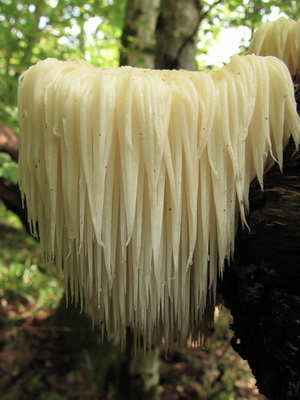
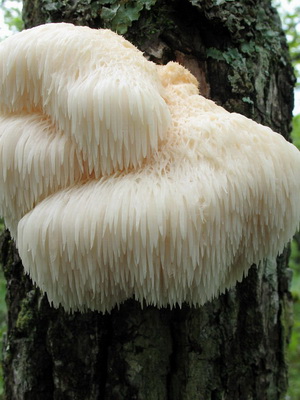
Fruit body blackberry comb (Hericium erinaceus) (up to 25 cm, weight about 2 kg): cream, yellowish or white, usually round, oval or irregular in shape.
Pulp: fleshy, white, which changes to yellowish when dried.
Doubles: are absent.
When growing: from early August to mid-October in the Crimea, the Far East and China.
Where can I find: on the trunks of weakened or diseased trees, most often at the place of fracture of the bark or branches of birches, beech or oak.
Eating: blackberry comb - a rare mushroom, so it is not very widely available. It tastes like shrimp meat.
Application in traditional medicine (data not confirmed and not passed clinical trials!): for the treatment of diseases of the gastrointestinal tract - gastritis, ulcers, oncology of the stomach.
It is widely used in oriental medicine as a powerful immunostimulant.
Other names: Hericium comb, mushroom noodles, lion's mane.
The French call the combed hedgehog Pom-Pom blanc, that is, “pom-pom mushroom”, the Chinese - “hautougou” - “monkey head”, and the English - lion’s mane mushroom, which means “lion’s mane”. Quite common and the Japanese name "Yamabushitake."
Yellow hedgehog and photo mushroom
Category: edible.
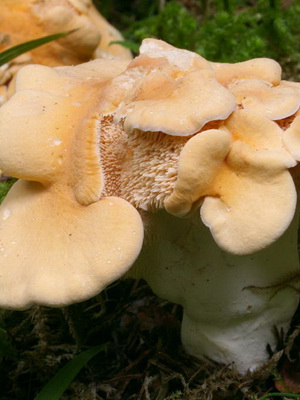
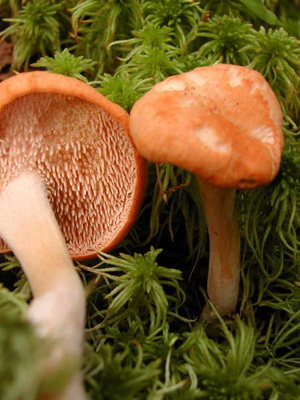
Hat yellow blackberry (Hydnum repandum) (diameter 4-15 cm): light red or light orange; it darkens noticeably as it ripens or when pressed hard. Very uneven, dense and fleshy, slightly convex, almost flat in the old mushroom. Edges are usually bent down. On the inside of the hat there are spines, thanks to which the blackberry got its name. If the fungus grows in a well-lit place, it fades greatly under the influence of sunlight and becomes almost white or light yellow.
Leg (yellow blackberry height 2-8 cm): cylindrical in shape, usually expanding downward. Often curved, with a smooth and dry surface. Commonly yellow, like a hat, darkens as it ripens.
Pulp: white or yellow, very brittle. As the fungus ages, it darkens and becomes hard. It has a rich fruity odor. The old blackberry has a bitter aftertaste.
Application in traditional medicine: not applicable.
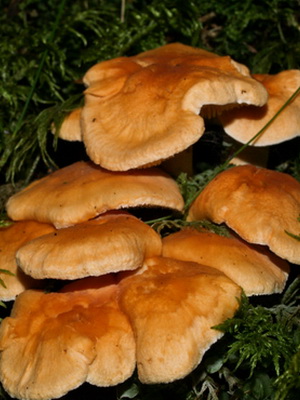
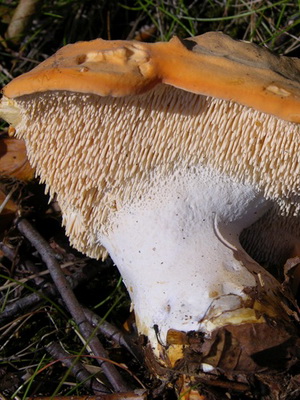
Doubles: edible red-yellow hedgehog (Hydnum rufescens). Only it is smaller and has a more intensely colored hat.
When growing: from mid-June to the end of October in the temperate climate of the countries of the Eurasian continent and North America, almost throughout Russia.
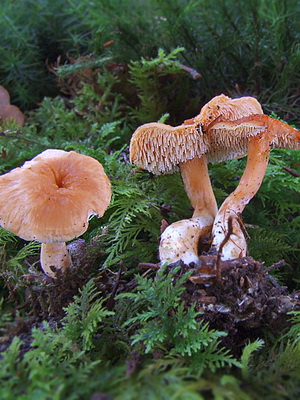
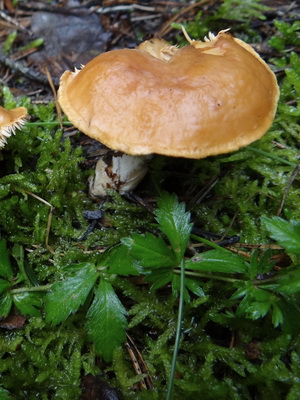
Where can I find: on calcareous soil in coniferous and deciduous forests, often near birch trees and small bushes. They can form wide “witch circles”.
Eating: in almost any form - fried, boiled or salted. But first you need to soak in order to remove possible residual bitterness.
Other names: hedgehog is notched, gidnum is notched, dentinum is notched, deaf fox.
